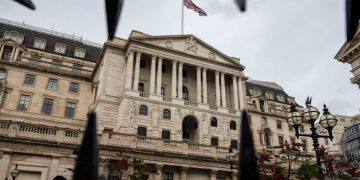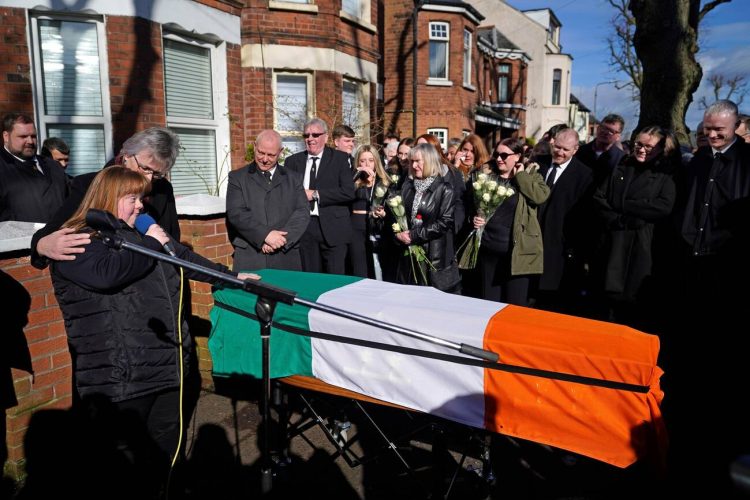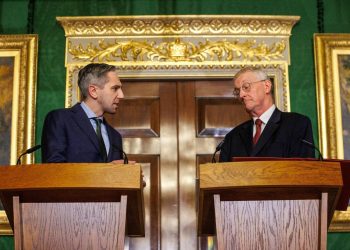The news of Brendan McFarlane’s death in February 2025 attracted the attention of media outlets, political critics, and republican campaigners. McFarlane, known in Irish republican circles as “Beck,” was one of the mythical figures of Northern Ireland’s political and military campaigns in recent decades. From collaborating in military raids to leading from prison, from songwriting to campaigning for peace, his life journey embodies the intricacies of the Troubles. This article discusses his life, actions, trials, and influence on Irish political history.
The Start: Seminary to IRA
Brendan Macfarlane was born in 1951 in the largely Catholic Ardoyne area of north Belfast. He joined a seminary in Wales as a teenager to train for the priesthood, but he changed his life when the political and religious unrest in Northern Ireland began to boil over in 1969. The violence, discrimination against religion, as well as political pressure prompted him to become a member of the Irish Republican Army (IRA). In 1975, the court found Macfarlane guilty for his role in a raid on a Protestant pub on Belfast’s Shankill Road that murdered five civilians and injured several others. He received a life sentence and was sent to prison in the Maze Prison. It transformed his life and made him a leading figure in the Republican political and armed struggle.
Leadership in prison: The 1981 hunger strike and symbolization
One of Macfarlane’s most significant periods of activity came in 1981 when the Maze Prison elected him as the republican prisoner leader. When Bobby Sands, the first of the strikers in the political prisoners’ rights campaign, died, McFarlane took on the leadership of the hunger strikes. With limited connections, he coordinated the political position of the prisoners with the world and played a crucial part in keeping them unified and morale high. Ten of the prisoners lost their lives during the strike, which lasted over sixty days. The strike became a crisis in the republican movement, creating worldwide sympathy for their cause. Brendan McFarlane’s death today is a reminder of this dangerous period in his life and of his role in aiding the republican cause in pursuing the ideals of the republican movement.
Great escape from the Maze
Throughout September 1983, Brendan McFarlane led Northern Irish history’s most audacious jailbreak. In this escape, 38 IRA prisoners broke out of the Maze Maximum Security prison. They were aided by smuggled guns, disguises, and careful planning. The escape revealed the weaknesses of the British security system. It also brought international attention back to the conflicts in Northern Ireland. After the escape, McFarlane remained in hiding for a while in Southern Ireland and later in European countries. But Brendan McFarlane’s death reminds people more than just of his incarceration; Republicans also remember the escape operation to this day as a testament to guile and courage. In Ireland’s political memory, people regard him as a warrior and master strategist.
Charges, arrests and acquittals: The grey years
After his escape, McFarlane continued to move within the IRA’s underground networks. Authorities arrested him in the Netherlands in 1986 and then extradited him to the Republic of Ireland. McFarlane was tried in the notorious kidnapping of Don Tidy, a manager with Dance Stores, in an operation which resulted in the deaths of a policeman and a soldier. Despite political and media pressure, there was eventually insufficient evidence to bring him to trial. As a result, the court acquitted him of all charges in 2008. Brendan McFarlane’s death re-opened the case, with numerous critics still blaming him for the attacks; Republicans, however, insisted that he was innocent. They interpreted his acquittal as proof that the justice system had failed to handle political forces.
Art, peace and personal transformation
In his final years, McFarlane turned to art and music. With his warm and hospitable voice, he sang the resistance and suffering songs of the Irish fighters. His hit song, “A Song for Marcella“, was dedicated to Bobby Sands’ wife and was sung at many memorial ceremonies. He also supported the Northern Ireland peace process and the Good Friday Agreement. He consistently emphasised avoiding violence during meetings with Sinn Fein delegates and other stakeholders. He urged a shift towards politics instead. Brendan McFarlane’s death marked the end of an epoch when politics and armed conflict were interlinked. To some, he represents a model for personal transformation and guerrilla-to-civilian transformation.
Brendan McFarlane’s death and his legacy
Reactions to Brendan McFarlane’s death were varied and contradictory. Irish republicans saw him as a “national hero”, and political figures such as Mary Lou MacDonald commended his courage and principled stand. A few unionists, however, stuck to their perception of him as a “terrorist” and told him that people should never forget the victims of the IRA. Ultimately, Brendan McFarlane’s death was more than the death of a political activist; he was the embodiment of an age—an age of blood, passion, sacrifice, and an attempt at reform. Historians will debate his role for centuries to come. However, McFarlane will remain one of the most enduring figures in Irish history.





























